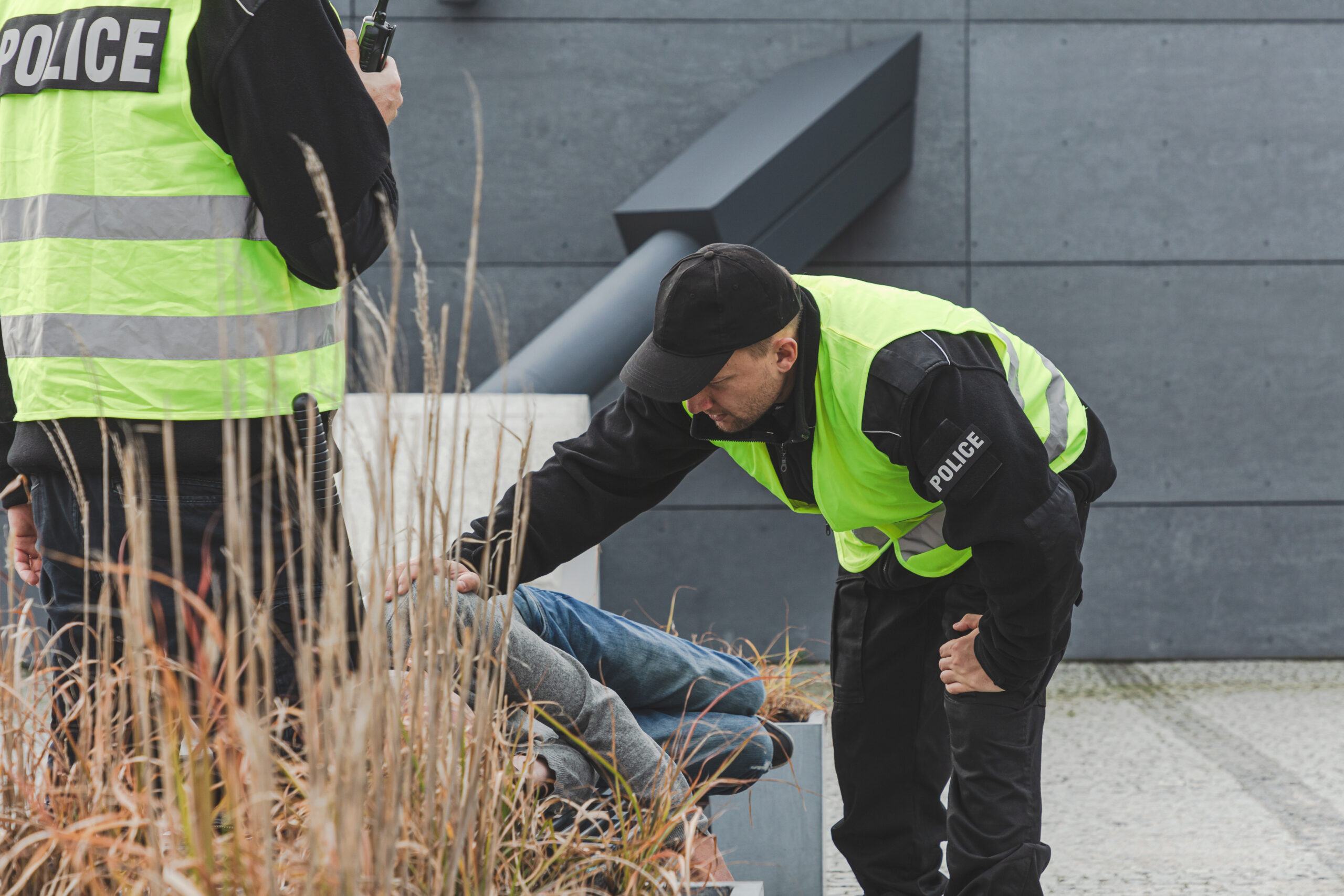Written by Dr. Va Lecia Adams Kellum, Jennifer Hark Dietz, Stephanie Klasky-Gamer, Veronica Lewis, and John Maceri
Recent polls of Angelenos show that leading up to the mayoral election, demand for an urgent, constructive response to the crisis of homelessness is higher than ever. The primary results showed that voter anxiety over homelessness is rising.
As leaders of some of the region’s largest nonprofit homeless services agencies, we understand more than most the frustration and heartbreak of seeing our neighbors live on the streets in encampments. Unsheltered homelessness cuts an average of 20 years from a person’s life. A society that values the dignity of every human being cannot tolerate the status quo.
But our experience in Los Angeles has demonstrated a reliable method of helping people move out of encampments and into permanent housing—when local leaders commit to it.
The Success of a Common Strategy
The potentially game-changing Street Engagement Strategy adopted by the Los Angeles City Council in 2021 offers just this blueprint. It’s an alternative to leaning on law enforcement to do the brunt of this work, reinforcing a failed dependence on threats and arrests, re-traumatizing people whom the system has already failed many times over, moving them around like objects with no regard for their humanity, and perpetuating broken cycles that do nothing to end homelessness.
The Street Engagement Strategy is housing-first, outreach-led, empathetic, and effective. Built on the power of authentic relationships, it requires that efforts to clear encampments follow intense outreach that connects people with services and a path to safe, permanent homes. Using the same methods as detailed in this strategy, each of our organizations has moved people out of encampments across Los Angeles County over the past year—with no arrests.
Housing, Not Handcuffs, Is the Answer
Last June, over 200 people lived in tents along the iconic Venice boardwalk; now 89% have been matched to a permanent resource—82 people are now in permanent housing, and another 84 are in interim housing waiting to be placed in permanent homes. St. Joseph Center, with the help of local elected officials, the homelessness services authority, sanitation workers and law enforcement, built relationships with our unhoused neighbors that helped people understand why the boardwalk wasn’t a healthy or sustainable place to live – and they could present a clear, tangible offer of shelter and housing that was close by. As people watched their neighbors move into better conditions a few steps away, trust and good faith grew, inspiring people to say yes to something they previously had every reason to give up on.
The effort on the boardwalk was no one-off. On the other side of the city, People Assisting the Homeless (PATH) successfully housed every one of the 326 people living on the lake side of MacArthur Park near Downtown LA. A handful of holdouts declined to leave before the closure, stirring fears of arrests. None were made. Even the most disillusioned, watching their fellow community members accept real offers of housing, came around to ‘yes.’
Similar efforts by HOPICS in South LA, by LA Family Housing in Pacoima, and by The People Concern at an encampment in the shadow of the 10 Freeway have engaged and housed hundreds more. Why does this work now, when it didn’t before? Unprecedented collaboration and new housing resources. There is no question that other cities can learn from this effort.
What Happens When Providers Coordinate?
By working together behind this unified strategy, Los Angeles has improved collaboration at every level. Elected officials and service providers cohered around a strategy that prioritized empathy and resources over arrests and displacement. LAHSA elevated coordination across L.A. County and put more resources on the street. Providers’ teams huddle every day and night to make sure that not a minute is wasted between a person in an encampment saying yes to housing and receiving help.
National research proves that housing is the key. People experiencing homelessness want to be indoors. Like all of us, they crave the stability of a permanent home. That means using tools such as adaptive reuse, master leasing, shared housing, new models of housing production, and simply constructing more affordable housing units. New resources that were unavailable before the pandemic will smooth this process, such as COVID-related emergency housing vouchers from the federal government and programs that connect landlords’ vacant units with case-managed clients.
But there is plenty we can do today. The L.A. City Council should fully resource and implement the Street Engagement Strategy — and soon, so that the next mayor may inherit a successful framework. This means mandating that all of these outreach steps are carried out prior to any enforcement with a person-centered approach. It means funding more Homeless Engagement Teams across the region, so that outreach can be determined by need, not by politics. And it means adopting the Bonin and Raman Amending Motion that requires shelter or housing, transportation, storage, and keeping family and social units intact—locking in place what we’ve learned from our successes.
Solving homelessness for good will require us to fix the broken systems that fuel it and to supply the affordable and supportive housing that we need. But with a steady strategy and a compassionate community, we can offer more people than ever a permanent way out of homelessness.
Dr. VaLecia Adams Kellum is President & CEO of St. Joseph Center. Jennifer Hark Dietz is Executive Director and Deputy CEO of PATH. Stephanie Klasky-Gamer is President and CEO of LA Family Housing. Veronica Lewis is Director of SSG/HOPICS. John Maceri is Chief Executive Officer of The People Concern.
Stay Updated: Solutions, Stories, and Ways to Make an Impact
Sign up to receive updates on the Alliance’s work, including the latest research, advocacy efforts, and real stories of progress — plus ways you can help drive lasting change.














